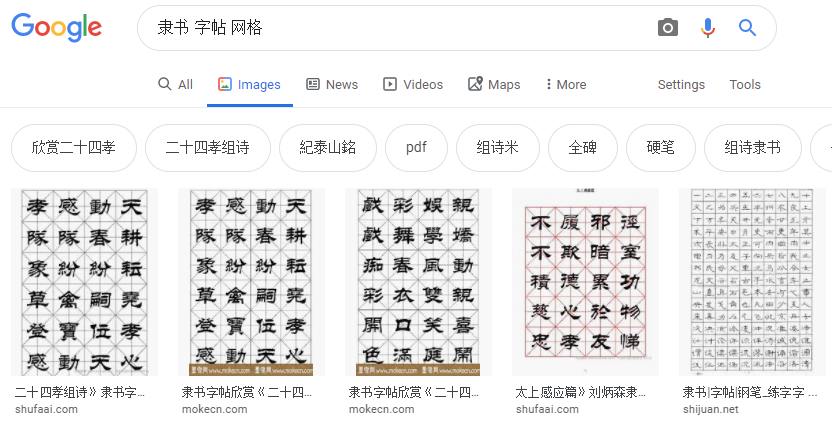Build a Deep Learning Model with fast.ai Library
Like any calligraphy, Chinese calligraphy is a form of art. Some great pieces written by some ancient masters have both great art value and economic values (selling at multi-million dollars on auctions).

There are multiple main styles/schools of calligraphy, mainly belongs to different dynasties. Each has its own way of shaping the character and arranging them. The differences are subtle and abstract. It makes sense to see if a trained deep learning model can do a good job of telling which style it is.
I picked three styles:
-
Lishu(隶书)
-
Kaishu(楷书)
-
Xiaozhuan(小篆)
as a proof-of-concept. Once successful trained, the model could serve as a transfer learning base-model for the more fine-grained classifier( e.g. calligraphers classifier). This has some real-life value. From time to time, some ancient artifacts are discovered and some of them are calligraphy artworks. Sometimes it’s hard to tell whose work it is. Is it valuable (like undiscovered artwork by a famous calligrapher)?
This calligrapher classifier can serve as a way to quickly identify artworks by great calligraphers. ( Finding diamond in the rough 😉)
To build a calligraphy classifier, we will need some calligraphy examples of each style. I did some search online and cannot find any good already-made data-set for different calligraphy styles. So I’ll have to build it myself.
Building a images data-set isn’t hard thanks to Google’s Images search functionality and some JavaScript snippets. Here’s how:
-
Go to Google Images and search for “隶书 字帖 网格” (lishu, characters book, grid), this will give you the most relevant results.
-
Scroll down to show more results, you’ll hit the bottom with ‘Show more results’ button. Click if you want more, but keep in mind that 700 images is the maximum here.

- Now is where the magic happens. Press Ctrl+Shift+J in Windows/Linux and Cmd+Opt+J in Mac to bring up the JavaScript ‘Console’ window of the browser. The following JavaScript snippet will get the URLs of each of the images.
- If successfully run, a text file will be downloaded with all the URLs for the images in your search results. You can then set up a folder and use fast.ai’s ‘download_images’ function to download these images.
-
Rinse and repeat for other styles. You might want to put them into different folders like kaishu, xiaozhuan and put them all under a folder called train so later on, fast.ai can easily import them into the model.
-
Alternatively, you can also go to Baidu.com for images search, using this snippet to automatically download the images you searched for.
You can find the full Jupyter Notebook here and Dataset here
If you want to give it a try, you can also find the Notebook on Kaggle where you can easily copy and run yourself(Dataset on Kaggle too):
I wrote two articles about this project on Medium.com, which you can find below:
How I Trained Computer to Learn Calligraphy Styles: Part1, Part 2
Python scripts to download the searched images from Baidu can be found here
This model can be deployed into a hosted VPS with ease, here is a guide I wrote that can help you with that:
How to Deploy Your Machine Learning Web App to Digital Ocean
